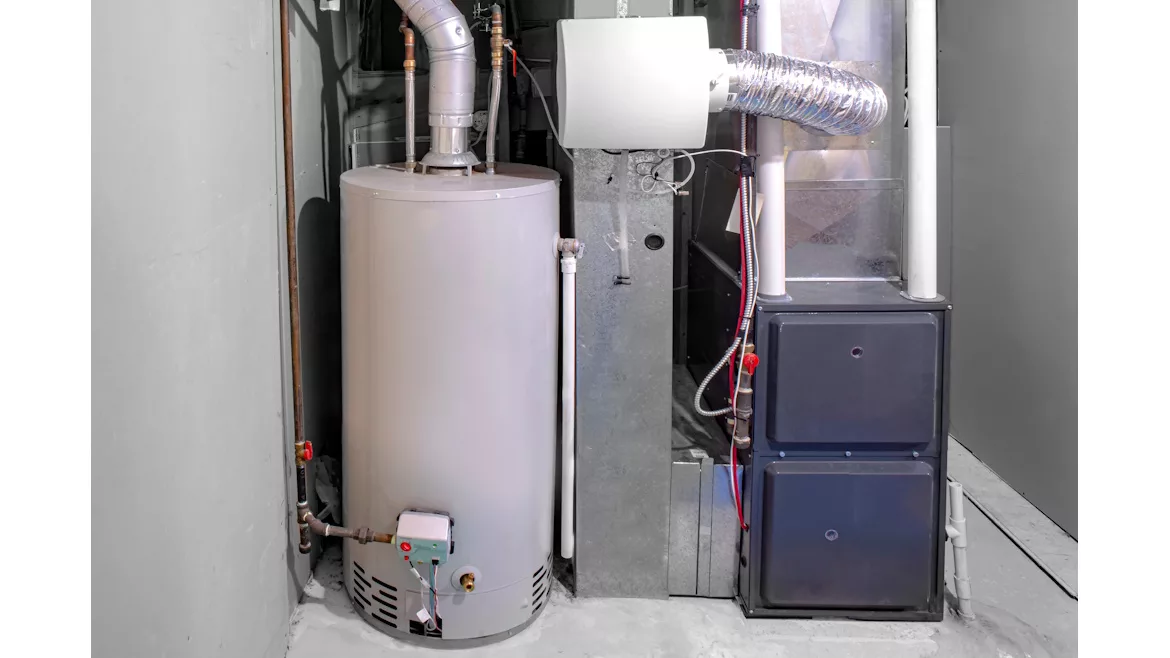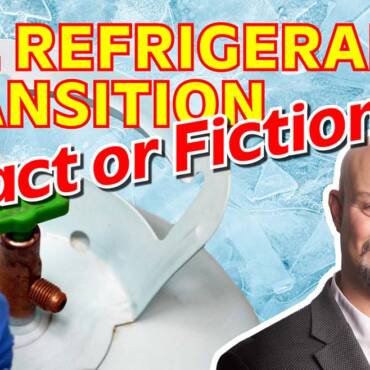Skipping the manufacturer’s instructions during installation may result in a furnace that fails within six months or less. For example, heat exchangers can crack from improper venting, and gas valves can clog and malfunction by skipping essential piping steps. This happens all the time when installers rush through jobs. A correct installation ensures occupant safety, protects your business from legal action, and avoids time-consuming, profit-eating callbacks.
Four areas separate quality installations from disasters waiting to happen: reading instructions, furnace flue pipe venting, gas piping, and airflow. Get these right, and the system performs as designed for years.
Read the Manual First
Most installation problems can be traced back to one source: nobody opened the instruction manual. Manufacturer specifications provide detailed instructions on how to size vents, specify the required airflow for the unit, and outline the necessary modifications for your specific application. These requirements are in place to prevent equipment failure and to reduce the substantial liability risks associated with installing gas furnaces in homes.
When callbacks happen and someone investigates, that manual is often still wrapped in plastic. The instructions outline everything needed to prevent premature failures. Taking the time to read the instructions is far quicker than dealing with a callback that costs hours of labor and damages your reputation.
Proper Venting: The Foundation of Safe Operation
Venting requirements vary based on furnace efficiency, and mixing up the rules causes serious problems.
80% vs. 90-95% Efficiency Furnaces
The efficiency rating determines which venting materials you need:
Efficiency Level | Vent Material | Key Characteristic |
80% | Double-wall metal pipe | Hot exhaust gases |
90-95% | PVC pipe | Cooler, condensing gases |
Using the wrong material for your furnace type leads to rapid deterioration and system failure.
Vent Length and Sizing
Consult the manufacturer’s specifications before running any vent pipe. Excessive length or incorrect diameter causes moisture to roll back into the system instead of exiting outside. Combustion gases get trapped when they can’t vent out, and condensation builds up inside the pipe. That water drips back down into the heat exchanger.
Looking for quick answers on air conditioning, heating and refrigeration topics?
Try Ask ACHR NEWS, our new smart AI search tool.
Ask ACHR NEWS
The moisture problem starts with rust and soot. Continue running the furnace in this manner, and the heat exchanger will develop cracks. Once cracked, combustion gases leak into the air that goes through your customer’s house. That means carbon monoxide in their living space. Building codes now require carbon monoxide detectors in new homes; tell your customers with older homes to install them during every service visit.
Gas Piping Fundamentals
Gas piping may seem straightforward, but taking shortcuts here creates immediate safety risks.
Note: Reference NFPA 54 for the minimum safety requirements for the design and installation of fuel gas piping systems in homes.
Install a Drip Leg
The gas line entering the furnace requires a drip leg, which is a tee fitting with a capped vertical section that points downward. Sediment and debris in the gas line fall into this trap instead of traveling into the gas valve. Without it, contamination clogs the valve screen, preventing proper firing.
Contractors should reference the 2015 International Fuel Gas Code (IFGC) 408.4 Sediment Trap code, as well as their local building codes, for the full requirements.
Use Proper Gas Pipe Materials
The black iron pipe must extend into the furnace cabinet. Never use a flexible yellow gas line (CSST) as the final connection into the cabinet. When the furnace runs, normal vibration causes the flex line to rub against the cabinet entry hole. That friction eventually wears through the line, creating a gas leak. The risk isn’t theoretical; it’s a documented failure mode that poses an immediate danger to occupants.
Low Airflow: The Silent Performance Killer
Airflow problems often get misdiagnosed. Technicians replace parts until it starts, instead of identifying the root cause. In many cases, part replacement isn’t the solution; the real culprit is insufficient airflow through the system.
High-MERV filters can reduce airflow, which can cause the furnace to trip its high limit in heating mode. Before blaming the filter, verify that the ductwork is sized to handle the type of filter being used. High-efficiency filters work well when the ducts can handle them—got airflow problems? Repair the ductwork or opt for a less restrictive filter.
Improperly sized ducts will compound airflow issues. Too little air movement makes the furnace cycle on high limit. When airflow is restricted in cooling mode, the evaporator coil may become so cold that moisture freezes on it, eventually forming a block of ice. Technicians often replace controls and sensors when the actual problem is restricted airflow that may be caused by undersized ductwork.
Additional Installation Considerations
Several other factors also impact long-term performance and customer satisfaction. Missing these details can lead to callbacks not only for noise complaints but also for issues like poor airflow, temperature imbalances, reduced system efficiency, and increased energy costs.
- Vibration isolation pads – cut down noise that travels through floors and ceilings, matters most in attic installs
- Equipment suitability – confirm the chosen furnace fits the installation location before ordering
- Equipment placement – check manufacturer specs and local codes before you modify vent runs or move equipment around
Quality Work Pays Off
A quality installation delivers the comfort and efficiency the homeowner paid for, while helping the equipment operate reliably for its useful service life. By following the manufacturer’s instructions and applying best installation practices, systems are more likely to operate as designed from the start. This not only ensures performance and reliability but also helps protect your company’s reputation in an industry where cutting corners is unfortunately common.
ACCA provides specialized training and education resources tailored to help HVAC field staff improve installation quality, reduce callbacks, and deliver consistent performance. Courses such as Residential Design for Quality Installation, HVAC System Performance Diagnostics, and Practical HVAC go beyond basic requirements to teach field-proven practices that prevent common installation mistakes. These programs help technicians and installers understand how to diagnose and correct system issues, ensuring systems operate efficiently and reliably. Access this training through www.acca.org. ACCA resources support field teams in building customer trust, reducing liability, and enhancing the overall reputation and profitability of your business.
Whether you require installation, repair, or maintenance, our technicians will assist you with top-quality service at any time of the day or night. Take comfort in knowing your indoor air quality is the best it can be with MOE heating & cooling services Ontario's solution for heating, air conditioning, and ventilation that’s cooler than the rest.
Contact us to schedule a visit. Our qualified team of technicians, are always ready to help you and guide you for heating and cooling issues. Weather you want to replace an old furnace or install a brand new air conditioner, we are here to help you. Our main office is at Kitchener but we can service most of Ontario's cities
Source link


